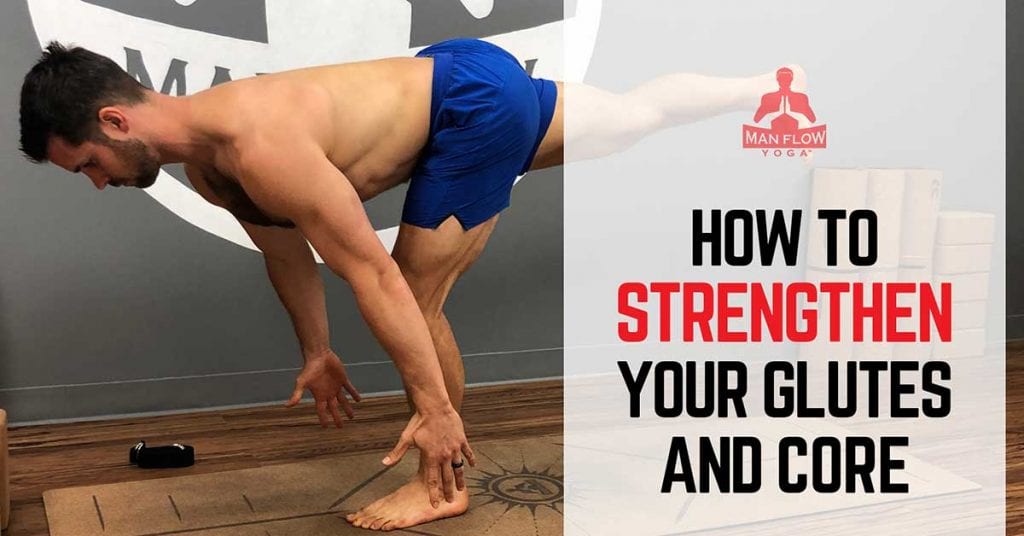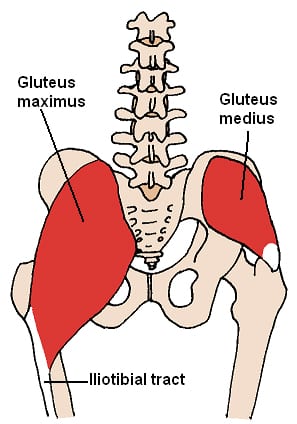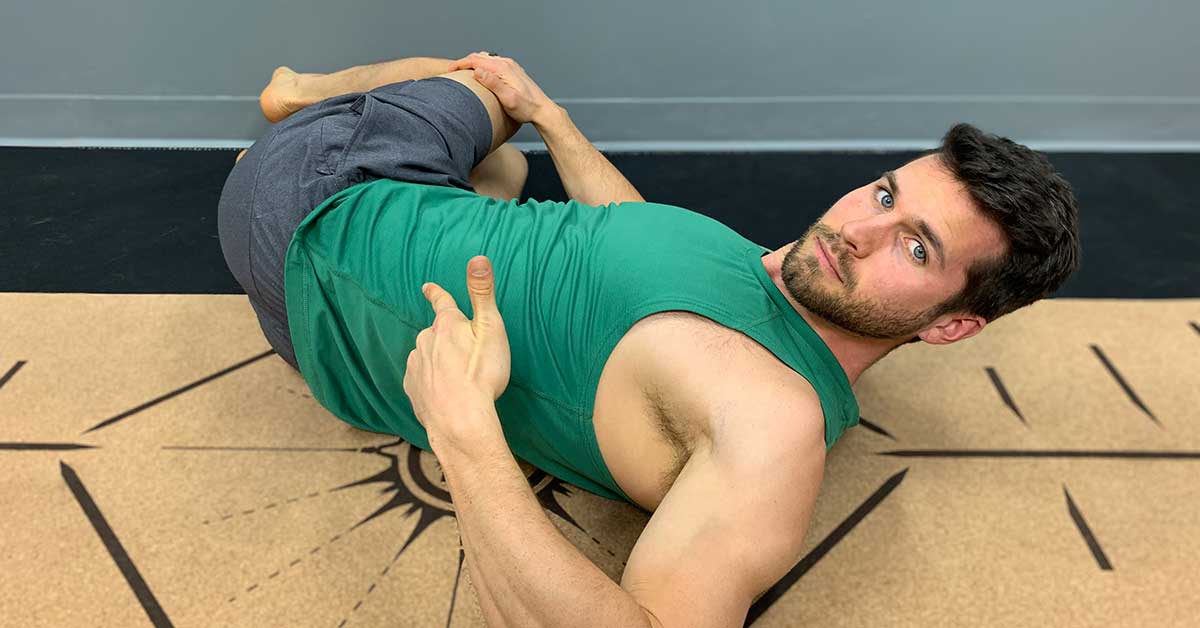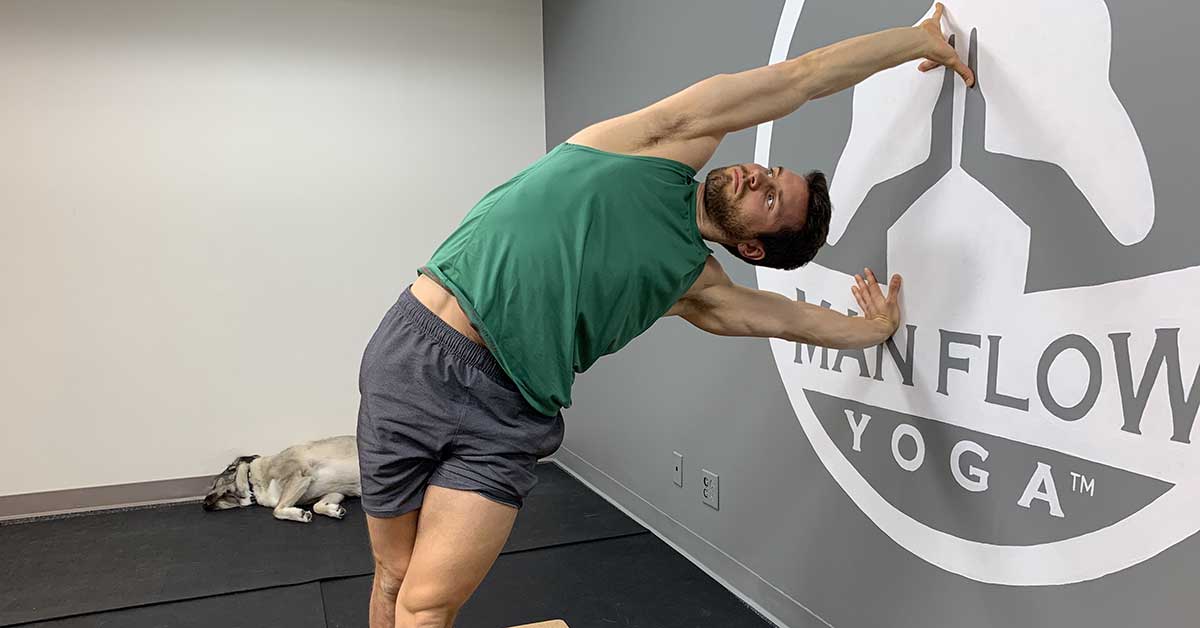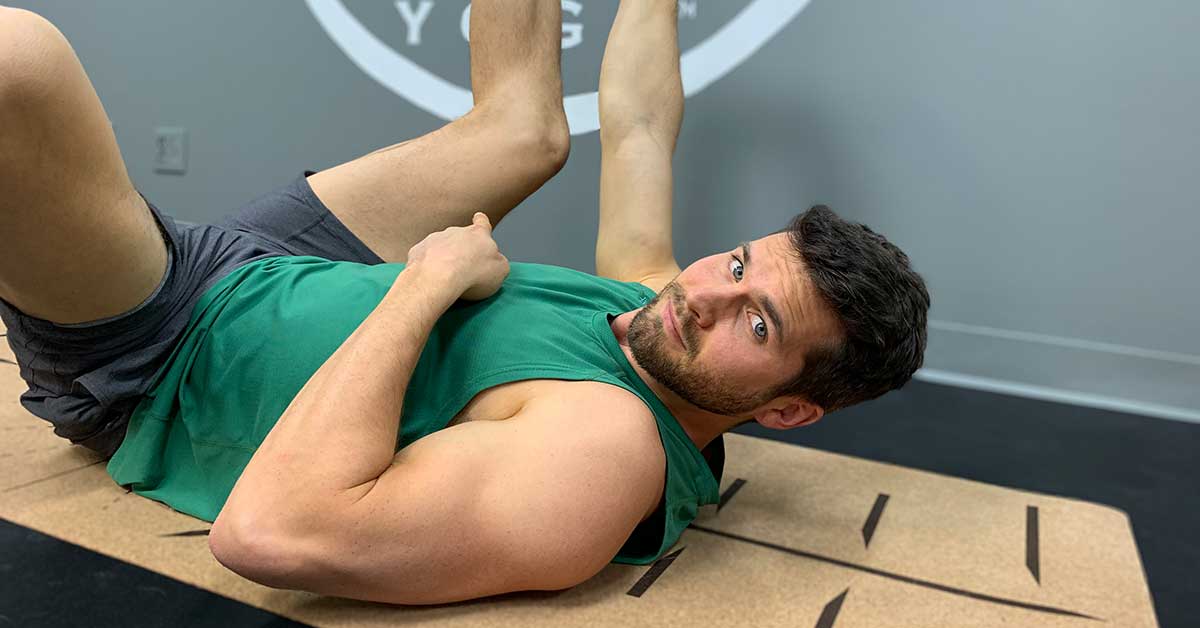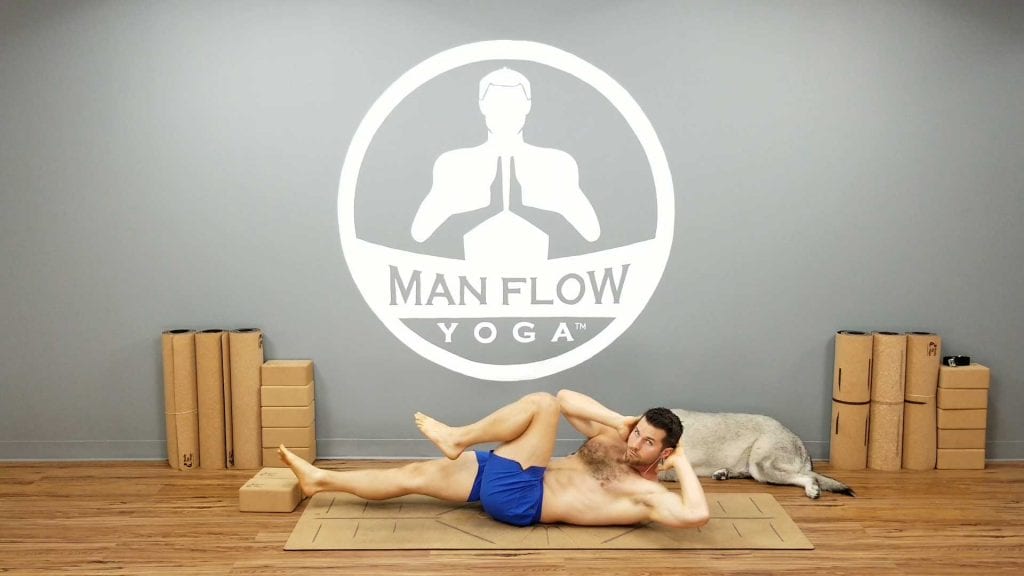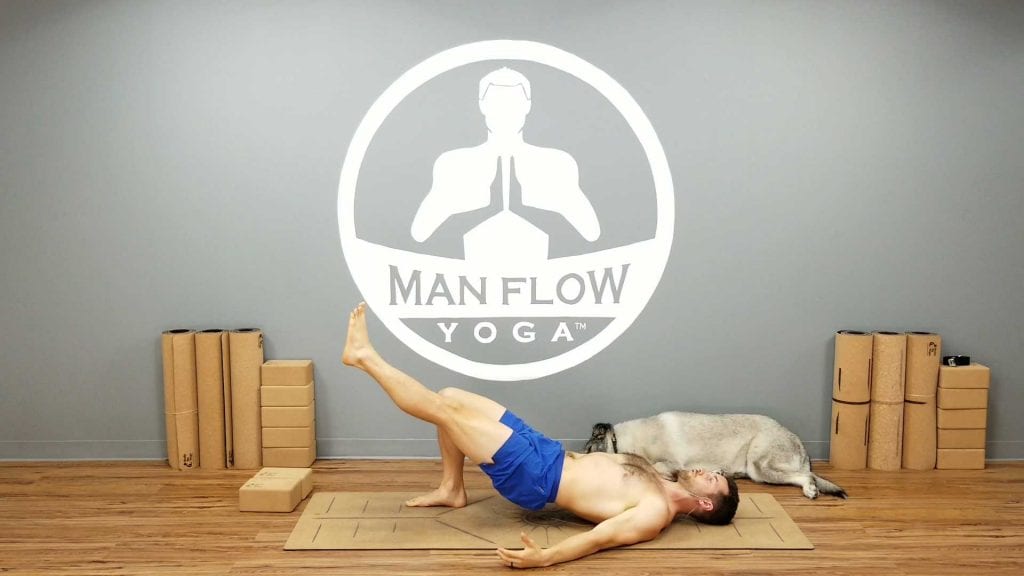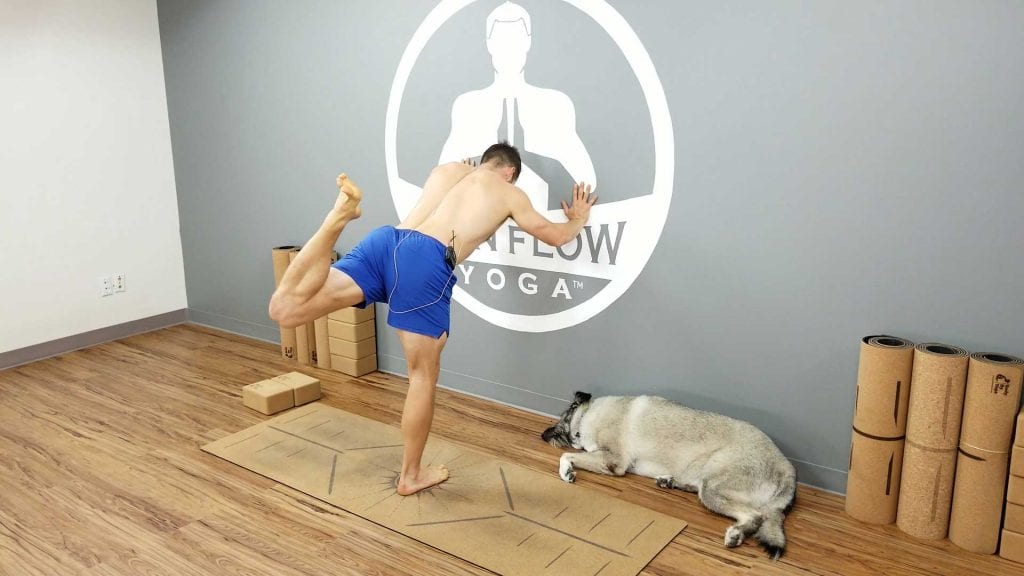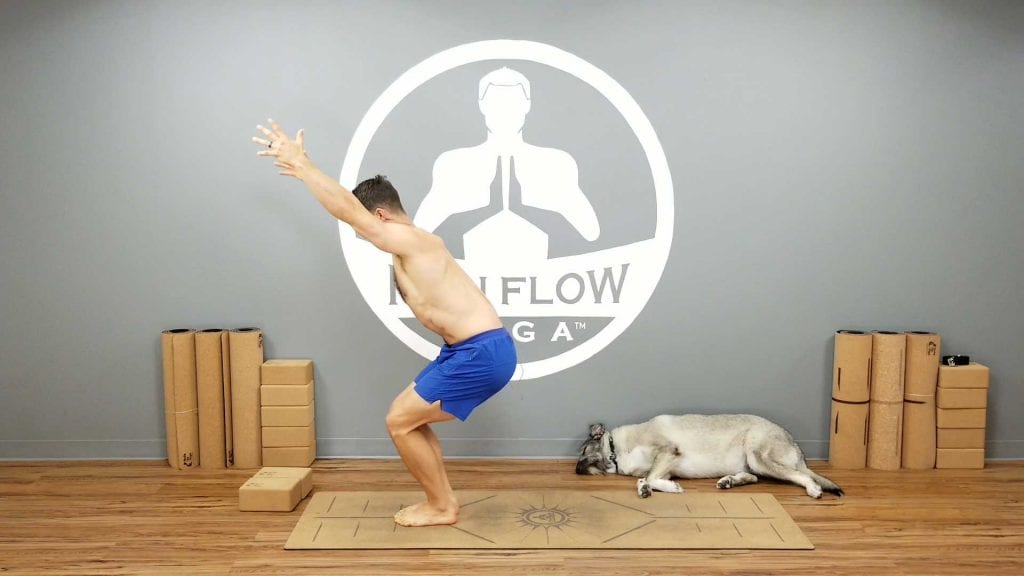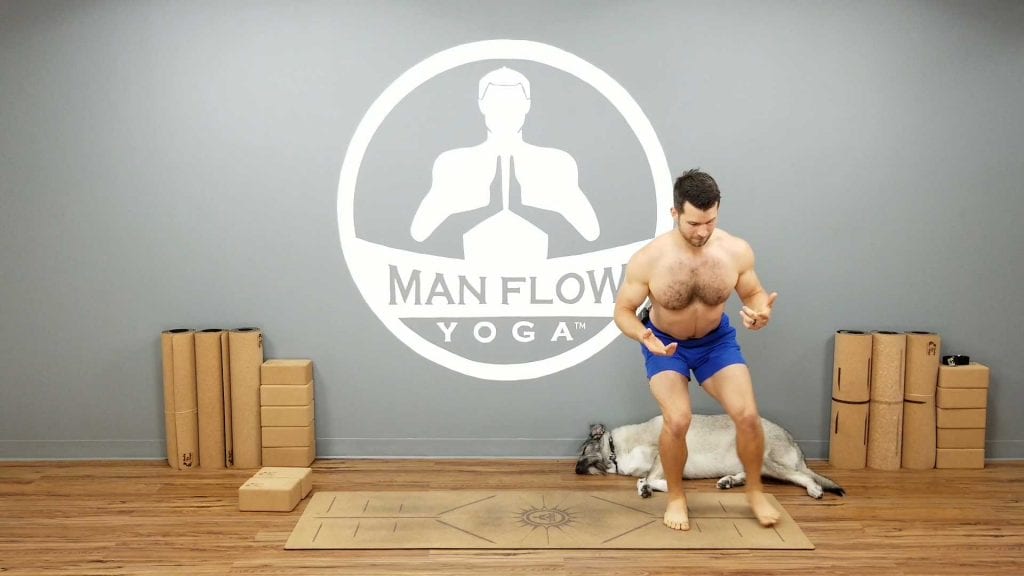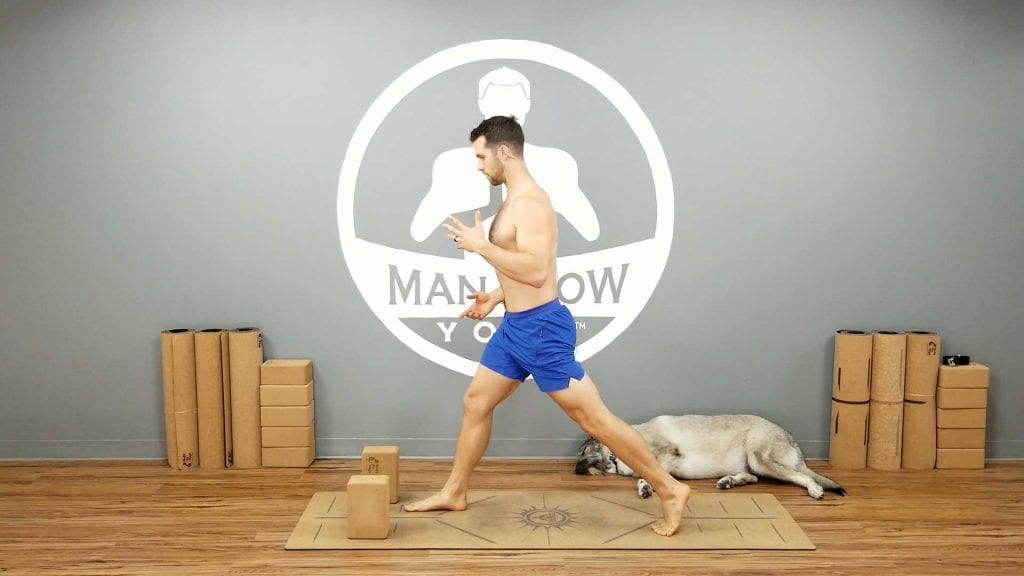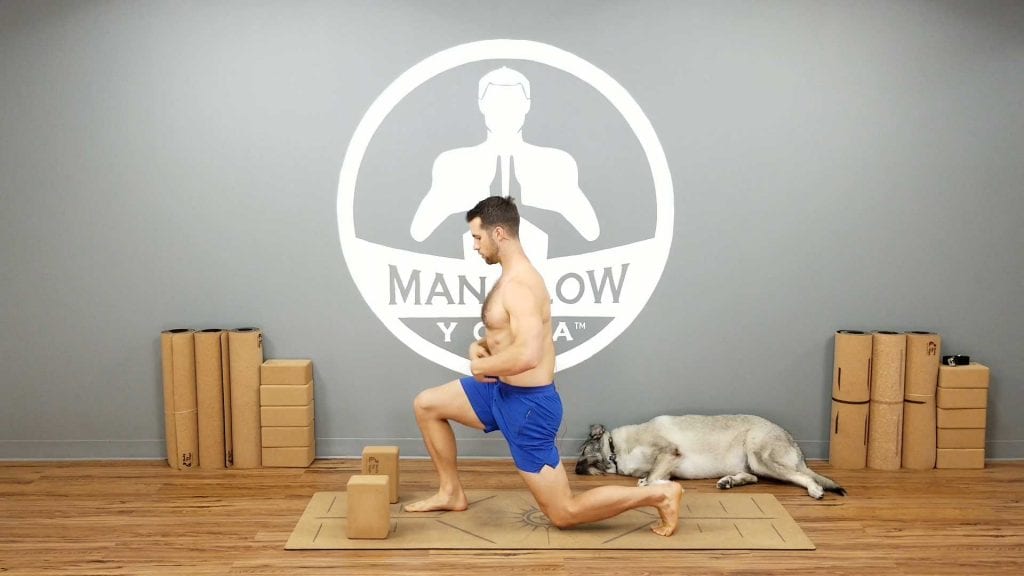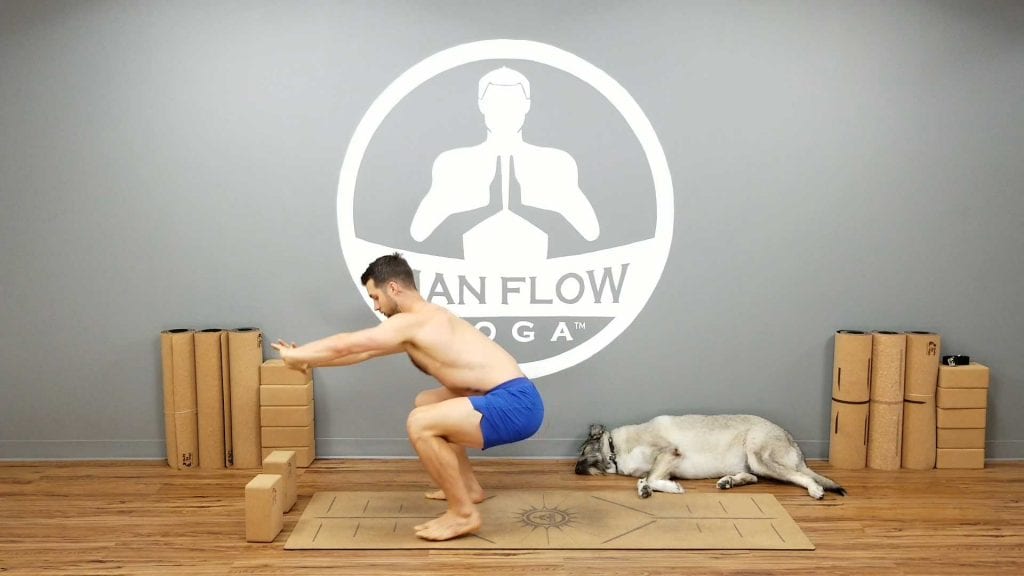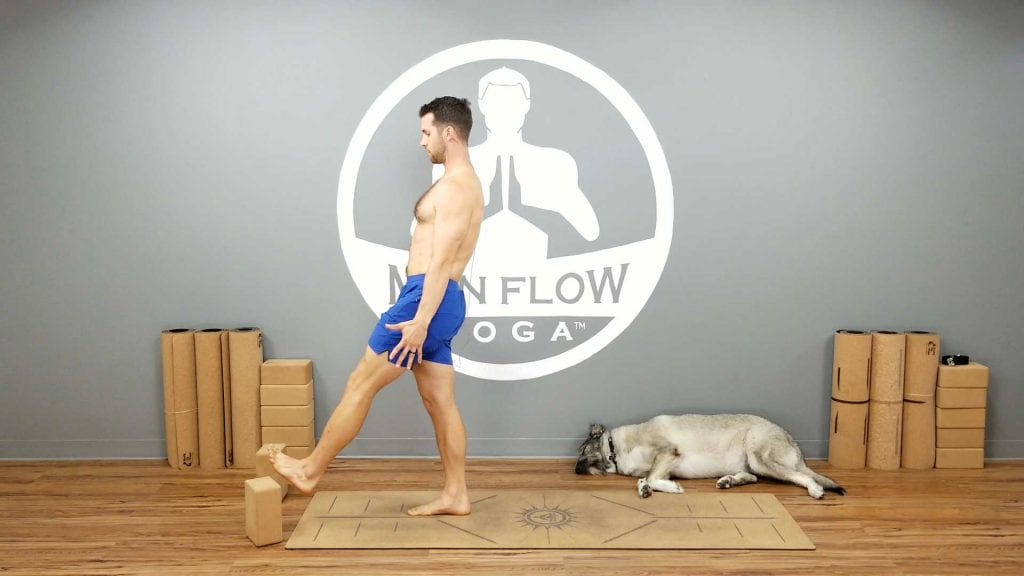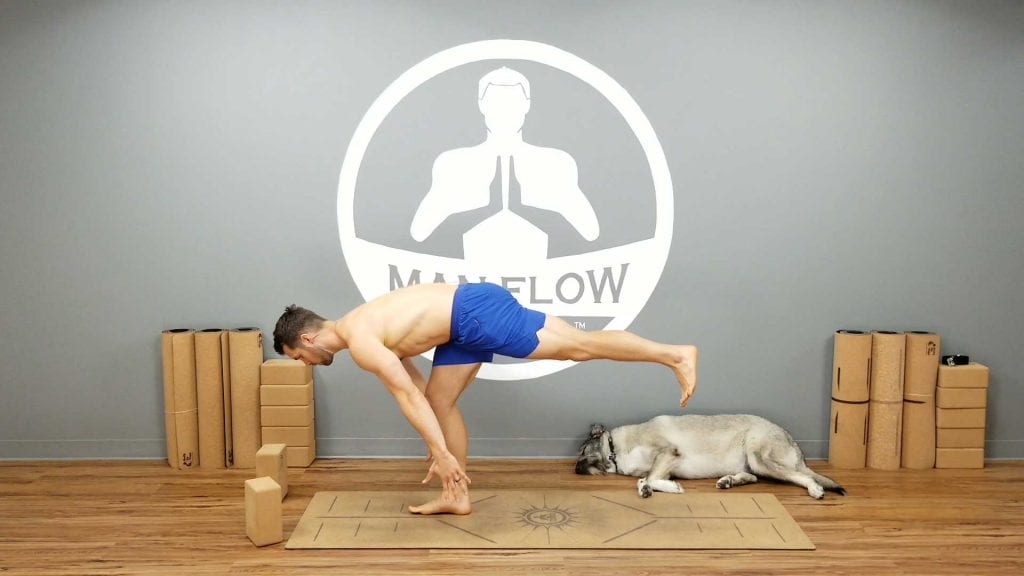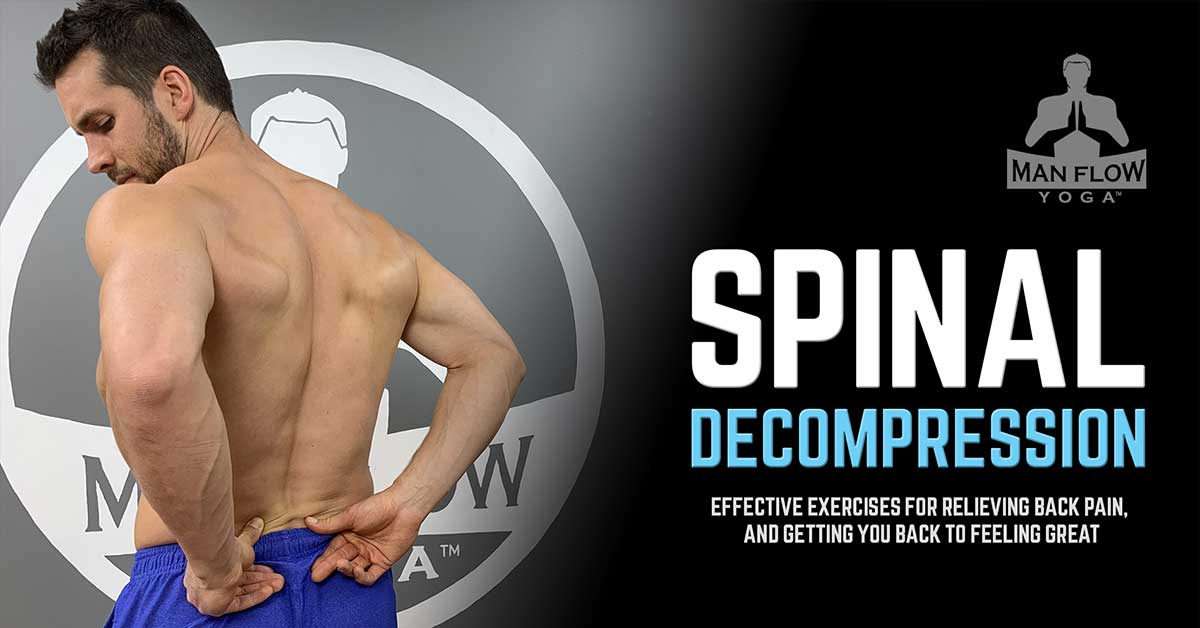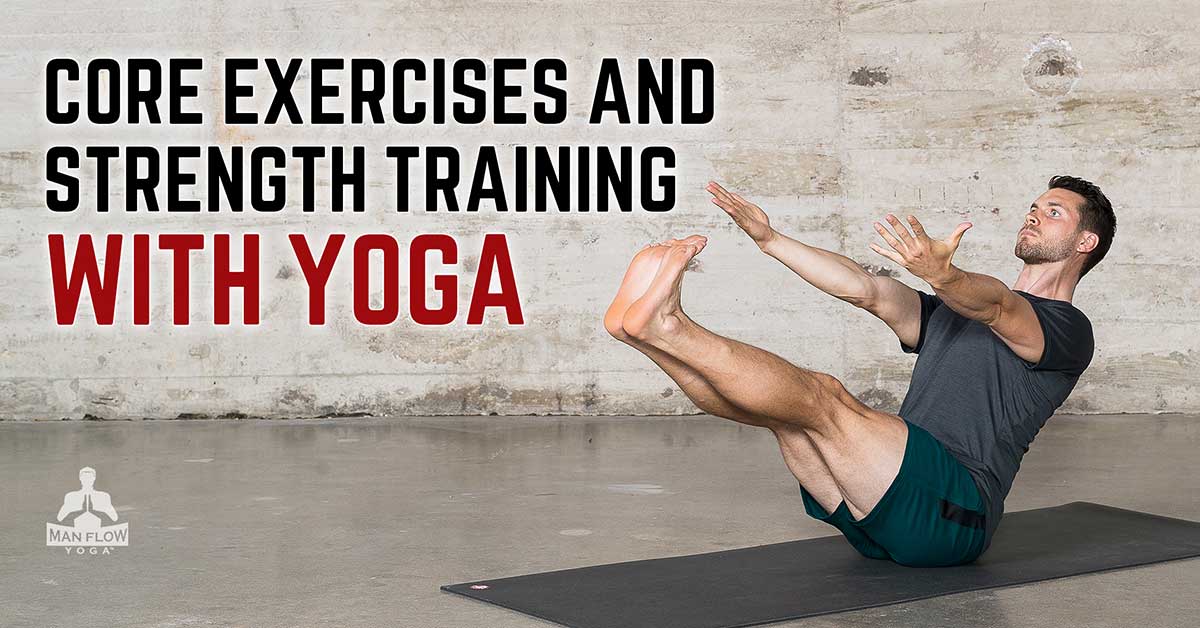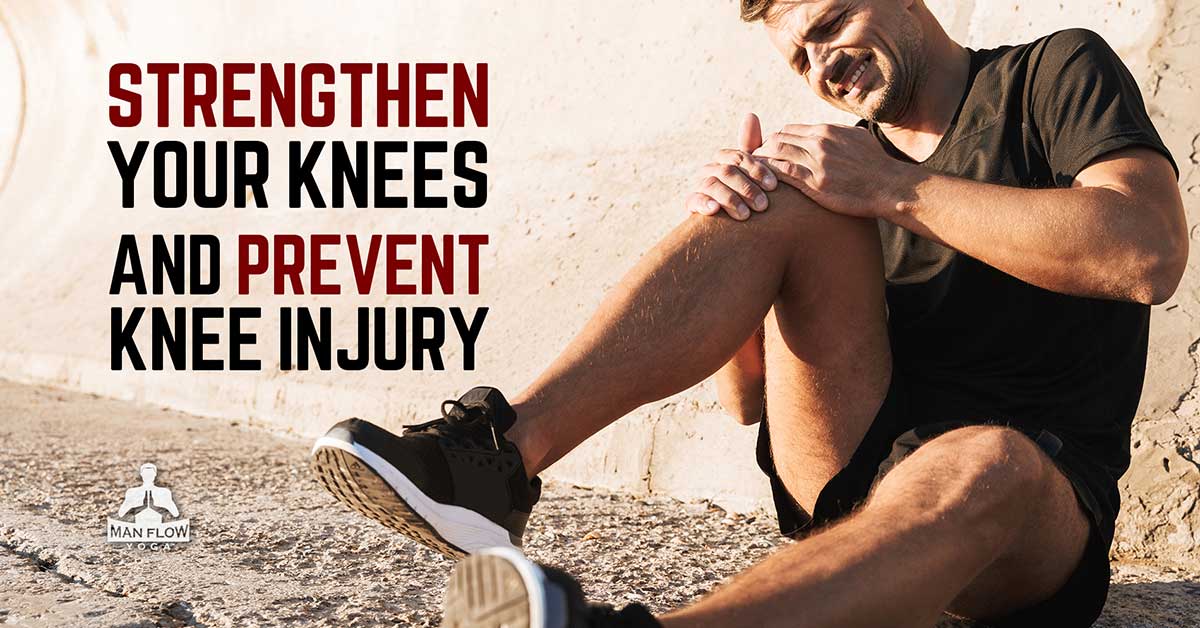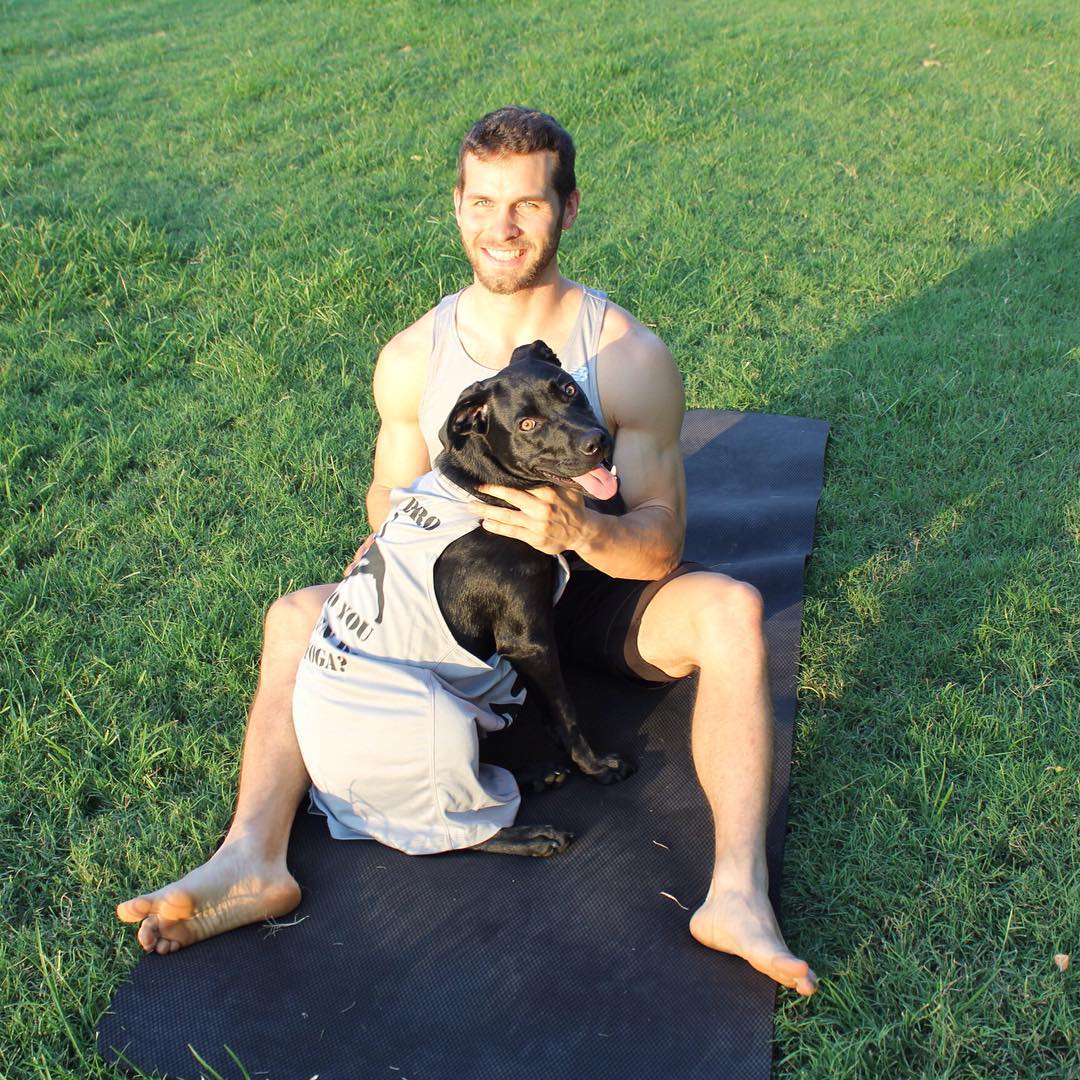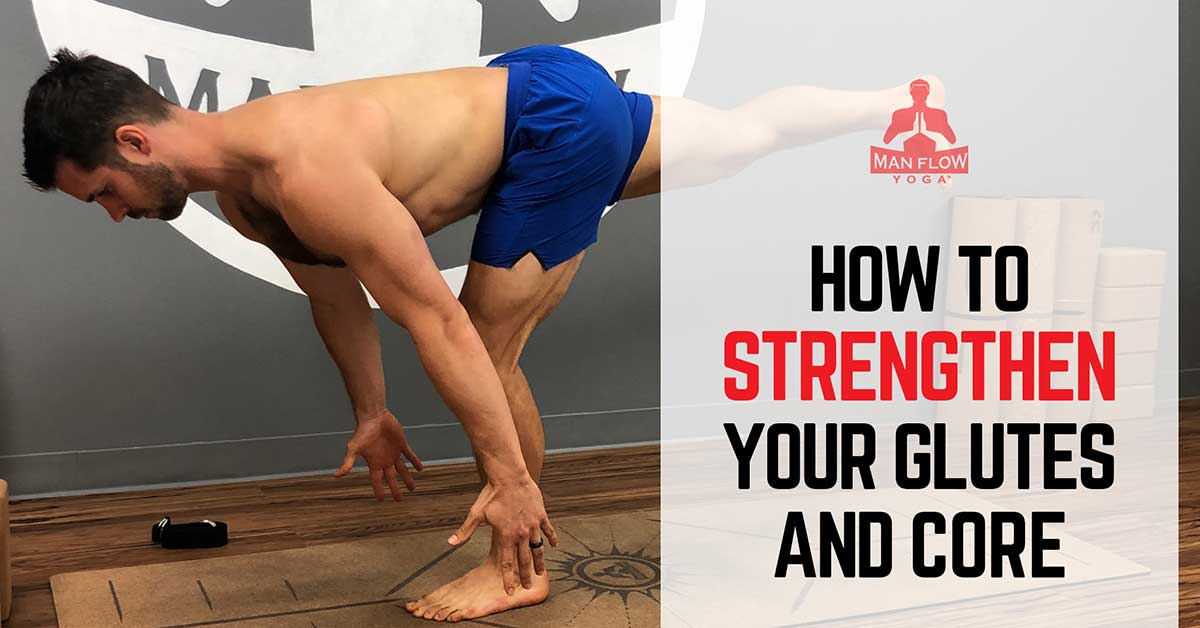Are you interested in building glute strength? Want a bigger butt? Or maybe you’re interested in preventing knee pain/injury, lower-back pain, or improving your physical performance?
Whatever the reason, understanding the importance of your glutes, along with the right exercises for building glute strength, are sure to help you. I’m going to walk you through all of that and much more on this glute-strengthening, butt-building blog.
Here’s what we’ll cover:
- Why is glute strength important?
- What do your glutes consist of?
- Why can strengthening your glutes be challenging?
- Common Forms of Pain & Discomfort from Glute Weakness
- How are your glutes, core, and spine related?
- What are the best exercises for your glutes and core?
- (10 Bodyweight Exercises, No Equipment)
- FREE Full-Length Workout to Strengthen Glutes & Core
- (from my Strength Foundations Course)
Why Is Glute Strength Important?
If your body is a car, your glutes are often described as the engine. It doesn’t matter if you’re swinging something, squatting, or jumping – your glutes are involved; and if they’re not, then you’re going to experience unnecessary stress in your lower-back.
Aside from helping your physical fitness, having strong glutes is incredibly important for your knees and lower-back. The glutes (specifically the gluteus maximus) are the largest muscles in your body, and for a reason – they do so much more than just fill out your jeans.
Without glute strength, you’ll put unnecessary stress on your knees and your lower-back. This is why people who have knee or low-back problems often have issues with glute strength. Unfortunately, people often look at where the problem manifests instead of what’s causing the problem. So instead of working on the glutes, people may look to treating the low-back or the knees directly, and even going so far as to resort to surgery.
Building strength and mobility in your glutes does not guarantee you won’t have any injuries in your low-back or your knees, but it does help to significantly reduce the risk of injury, and it does address the root causes of these injuries (a lack of strength and mobility).
What Do Your “Glutes” Consist of? Your Glutes Mainly Consist of:
Glute medius (glute med)
These muscles are hip abductors, but also assist in internal and external rotation. Your glute medius is completely covered by the gluteus maximus.
These muscles are extremely important for hip stability, particularly when you are balancing, walking, or running. When the gluteus medius is weak, it can cause what’s known as “knee valgus” (when one side of your pelvis drops, and the knee caves inward). A lack of strength in this muscle can cause knee, lower-back, and hip issues. (Source: Glute Lab: The Art and Science of Strength and Physique Training, Bret Contreras, pg 62.)
These are not the only muscles that make up your glutes – you also have the gluteus minimus, as well as all of the non-gluteal muscles that work in conjunction with the glutes. But knowing and understanding the gluteus maximus and the gluteus minimus will help to address most of your glute strengthening and butt-building needs.
Why Can Strengthening Your Glutes Be Challenging?
Strengthening your glutes is challenging because most of us are inactive during the day. When you’re sitting, your glutes aren’t doing anything. They’re completely turned off. Even if you’re standing, your glutes probably aren’t doing anything either. As a result, most of us have poor muscle activation in your glutes – another term for this is “dead butt”.
When you have poor glute activation, it doesn’t matter how many lower-body exercises you do – your glutes aren’t going to get stronger. Even if you’re doing the best exercises for building muscle in your glutes – such as deadlifts, squats, hip thrusters, and lunges – the lack of glute muscle activation means your body is probably using the other muscles of your lower-body, usually your hip flexors, quadriceps, and hamstrings instead.
The solution is two-fold:
1. You need to make your glutes active more often.
There are many ways this can be done, but here are 3 simple recommendations:
- Standing up every hour or so and squeezing your glutes as hard as you can for at least 30 seconds.
- Going for a walk in which you focused on hip extension and glute engagement
- Holding a glute-focused lunge for 45-60 second every other hour or so.
2. Regularly do exercises that focus on improving your glute activation.
Both on their own as a standalone workout, and also as a warm-up for any lower-body focused exercise in which glutes are supposed to be active (which includes pretty much every lower-body exercise, including resistance training, running, and – you guessed it – yoga).

How to do this consistently? Don’t worry, I’ll help you get started.
I’ll show you 10 of the best exercises for improving your glute activation and building glute strength below! (I’ve also included a FREE 38-Minute Workout focused on Glute Strength & Core Strength from my Strength Foundations Course. Be sure to bookmark this page and give that workout a shot when you have a chance – all levels welcome to try!)
But before I do that, let’s talk about what can go wrong when your glutes aren’t strong. While not looking good in your jeans can be devastating, having chronic knee pain, back pain, or fear of injury is much worse. I’ll talk about that – and how glute strength helps to prevent it – in this next section.
Common Forms of Pain & Discomfort from Glute Weakness
Low-Back Pain
This can be in the form of lumbar pain, L4-L5 issues, L5-S1 issues, thoracolumbar pain, SI Joint pain, and other general forms of lower-back pain. More likely than not, glute weakness is not the only cause of the lower-back issue in question, and without actually being evaluated by a physical therapist or orthopaedist, you can’t be sure what the cause is. However, by focusing on strengthening your glutes with the proper exercises, you can reasonably expect that your lower-back pain will decrease within just a few weeks of being consistent with glute-strengthening exercises.
IT Band Pain
The root cause of IT band pain is NOT a lack of mobility in your IT band – it’s usually due to glute weakness. People often want to “stretch their IT band” in order to get rid of IT band pain, but this is not the solution. The IT band does not stretch, because it isn’t a muscle. (Note: Your lateral quadricep (vastus lateralis) is located alongside the IT band, and if you feel or have felt a “stretch” in this area, you’re feeling your vastus lateralis stretch – not your IT band.)
The IT band originates at the tensor fascia latta (a stabilizing muscle that works in synergy with your glutes), and inserts into the lateral condyle of the tibia (aka your shin bone, just below the knee cap).
How does this relate to your glutes? I’m getting there. 🙂 Your tensor fascia latta is an antagonist to the gluteus maximus, meaning that these two are opposing muscles. And when it comes to opposing muscle groups, if you have pain in one, you’ll want to look at a lack of strength or mobility in the other as a cause.
To sum it up, IT band pain is caused by glute weakness because:
- Gluteus maximus weakness -> overexertion of the tensor fascia latta -> excessive tension on the IT (iliotibial band).
- So to get rid of IT band pain, include more glute strengthening exercises in your workout routine.
Knee Pain
Last but not least, knee pain. There are a number of knee injuries and types of pain that can be partially tied back to glute weakness. (I say partially here because having stronger glutes only reduces your risk of injury in your knees, instead of eliminating the risk all together – but it’s still helpful!)
Common knee pain and injuries can be at least partially addressed by glute strengthening include MCL (medial collateral ligament) tears or strains, ACL (anterior cruciate ligament tears), runner’s knee (referring to a variety of pains surrounding the patella, or kneecap), patellar subluxation, and many more forms of knee instability.
Why are glutes so important to your knees?
The muscles of your hips are the largest powerful muscles in your body; and the glutes are the strongest of them all. When you aren’t using the muscles of your hips properly, this means that your knees will make up for it – and this places way more pressure on your knees that they are biomechnically capable of.
Running, playing sports, lifting weights, or doing yoga – it doesn’t matter what the activity is – if you’re using your lower-body, you need to be using the muscles of your hips, and specifically your glutes – in order to keep balance in your lower body and ensure that there is a proper distribution of load. Otherwise, it can cause an imbalance that places disproportionate stress on your knees and cause knee pain and injury.
How Are Your Glutes, Core, and Spine Related?
Your glutes and core work synergistically to support your spine.
Your glutes are the largest muscles of your hips, and these connect to your lower-back.
Your core (abdominal muscles) is the antagonist muscle group to your lumbar paraspinals (erector spinae), which are the muscles located on either side of your lower spine.
If you don’t have adequate core strength or glute strength, it’s a double whammy for your lower-back. It means that when you do an exercise that’s supposed to use your hips, core, and lower-back (any movement involving a squat or hinge movement – such as a squat, deadlift, or chair pose), then the lower-back will be forced to do all of the work. This often results in preventable lower-back pain or injuries.
Bottom line: Protect your spine – strengthen your glutes and core! I’ll show you the best exercises for this in the section below.
Looking For A Program?
Are you looking for a structured yoga routine to build muscles, gain flexibility, and strengthen your glutes? Sign up below to try our 7 Day Challenge!
Signup for the FREE 7-Day Challenge
Best Exercises to Strengthen Your Core & Glutes
Here are 10 best exercises you can use to specifically strengthen your glutes and core. I like these ones because they are beginner-friendly, yet effective enough that anyone of any fitness level can benefit from them. Watch the video below for each to learn the proper technique, and you can also review the photos and written explanations.
Beginner Exercises
Exercise 1: Supine Bicycle
This is a very effective core exercise that strengthens your abs in so many ways. It works your transverse abdominis, rectus abdominis, and your internal & external obliques. The reason for this is because it’s not just a single plane movement – you’re twisting AND crunching. It also creates space in your lower-back, strengthens your hips, and is a great warm-up for ANY workout.
Technique:
- Lie on your back, with your hands gently interlaced behind your neck.
- Lift your shoulders off the ground. Extend one leg to hover about 1-2 feet off the ground. (The closer it is to the ground, the more difficult. But avoid back pain.) Squeeze the knee of the opposite leg in toward the shoulder of the same side, keeping your lower-back on the ground.
- On an inhale, lift your chest slightly higher off the ground. On an exhale, twist to bring your opposing elbow toward the bent knee. (Note that you don’t have to bring your elbow all the way to your knee – the emphasis should be on using your abdominal strength to keep your shoulders lifted.)
- On an inhale, twist back to the middle and alternate leg positioning (bent leg straightens, straightened leg flexes).
- Do at 3-5 and up to 10 reps per side. You can go quickly or go very slow and controlled. For strength, I would recommend focusing on slow and controlled. You should spend at least 45 seconds, and up to 2 minutes (or more!) doing this – as long as you keep proper form.
Tip: Avoid using your hands to lift your neck. Focus on keeping your torso lifted using your core strength. Don’t worry about getting your elbows to your knees, either.
Target Area: Transverse Abdominals, Rectus Abdominis, Internal & External Obliques
Exercise 2: Single-Leg Bridge
This is a particularly effective exercise for targeting and strengthening your glutes. Single-leg bridge is a commonly prescribed exercise by physical therapists. In Bulletproof Your Back, the back health program I developed with physical therapists from Texas Physical Therapy Specialists, you’ll find a variation of this exercise in almost every workout. The single leg-bridge is great for strengthening your glutes because it helps to isolate the muscles of your glutes, which makes it great for improving muscle activation as well.
Technique:
- Lie on your back with your feet planted just in front of your hips. Feet should be parallel to one another, toes facing straight forward, and knees directly above the hips. Keep your arms lying along your sides.
- Squeeze your heels toward your hips and push down through your feet to lift your hips off the ground. Slowly extend your right leg forward to hover about 1 foot off the ground.
- Make sure your hips are level with one another, and that you have a neutral or slightly posterior tilt to your hips. Your lower-back should NOT be arched at all. Keep your head, neck, and shoulders relaxed on the ground.
- Continue to drive down through your planted foot, especially through the heel. Focus on maximal glute engagement. You will also feel your hamstrings (backs of your thighs) engaging.
- Reset and switch to your left leg.
Tip: Make sure your foot stays planted under your hip. If you don’t feel your glute activating, poke and/or prod your glutes with your fingers to help stimulate the muscle fibers. (This is known as palpating.) Think of scooping your hips to aim your pubic bone back at your face to improve glute activation and avoid arching your back. Hold for at least 30 seconds, and up to 90 seconds. Do 2-3 sets.
Target Area: Gluteus maximus, gluteus medius, hamstrings, erector spinae, and abdominal muscles.
Exercise 3: Squat Hold
Technique:
- Start with your feet hip-width distant, feet facing straight forward.
- Hinge at the hips and sink into a mid-squat position. Depending on your mobility, your hips may be higher or level with your knees.
- Keep your back flat and your core engaged. Press down firmly through your heels, keeping the weight in your hips.
- Hold for at least 30 seconds, and up to 90 seconds for a nice challenge!
Tip: It’s okay if your knees go past your toes, just make sure your heels stay down and the weight stays mainly in the hips (and no the knees). Keep your spine straight – avoid rounding your back, and keep your chest upright (but not arched).
Target Area: Gluteus Maximus, Quadriceps, Hamstrings, Transverse Abdominis, Erector Spinae
Exercise 4: Donkey Kicks
This is another great exercise for developing muscle activation and strength in your glutes. Donkey kicks are a great alternative to one-leg bridges if you don’t feel the bridge in your glutes. (A lot of people might only feel their hamstrings engaging in bridge.) These can also be done from a standing position, and won’t put as much strain on your lower-back. They are slightly different from the single-leg bridge in that the movement includes more hip abduction and more external hip rotation, which means more gluteus medius activity.
Technique:
- Start from a standing position with your hands resting against the wall, spine neutral or slightly flexed (rounded).
- Lift one leg off the ground, squeeze your heel toward your butt, and press your heel back as far as you can without opening or rotating your hips.
- Once you’ve reached full hip extension without rotating your hips, externally rotate your hips to open your hips slightly to the outside, and then drive your heel up and over.
- Do this exercise as an isometric hold, or do reps. Spend at least 30 and up to 90 seconds doing this exercise continuously. 2-3 sets.
Tips: Avoid arching your back. (When you do this, it puts your spine into extension, and this minimizes glute activation.) If you’re feeling this more in your lower-back, don’t open your hips as much, and active keep your back slightly rounded (flexed).
Target Area: Gluteus maximus, gluteus medius, hamstrings, external hip rotators
Intermediate Exercises
Exercise 5: Chair Pose
Technique:
- Stand in Mountain pose with your big toes touching and your heels about 1in (2.5cm) apart.
- Reach your arms overhead, palms facing inward. Squeeze thighs toward each other, and engage your abdominal muscles.
- Slowly bend your knees and lower your hips down and back, as if sitting down onto a chair.
- Keep spine neutral, core engaged, and weight in your glutes.
- Hold for at least 30 seconds, and up to 90 seconds. 2-3 sets.
Tips: Keep your center of gravity in your hips and core, not in knees. Maintain height in torso and avoid collapsing your chest.
Target Area: Gluteus maximus, adductors, hamstrings, transverse abdominis
Exercise 6: Squat Hold Side Walk
Technique:
- Start in a squat hold with your feet hip-width distant, hips down and back, spine flat, and arms reaching forward. (See above section on squat hold for full technique.)
- Slowly shuffle from one side of your mat to the other, keeping your hips at the same height and squared to the outside the entire time.
- Spend at least 30 seconds doing this, and up to 90 seconds. Be sure to complete both sides.
Tips: Avoid letting your hips turn out, and keep your hips low as you move from side to side.
Target Area: Gluteus medius, gluteus maximus, quadriceps, hamstrings, transverse abdominis, core
Exercise 7: Airplane
Technique:
- The easiest way to get into airplane is from a high lunge position. Starting from your lunge, press down through your front foot, lean forward and lightly lift your back leg off the ground.
- Hinge forward, straighten your standing leg until you feel a stretch in the hamstrings, and reach the toes of the lifted leg backwards.
- Keep your hips squared forward and down – avoid letting your hips turn out. Squeeze the outer thigh and the glutes in your standing leg, and lengthen your torso forward, head looking straight down.
- Hold for at least 30 seconds, and up to 60 seconds. 2-3 sets.
Tips: Use your hand on the ground or a block if you need the extra balance support. It’s very important that you keep your hips squared forward, or you won’t get the glute work out of this.
Target Area: Gluteus medius, gluteus maximus, hamstrings (stretch), quadriceps, transverse abdominis, gastrocnemius (stretch)
Advanced Exercises
Exercise 8: High Lunge to Low Lunge (Split Squat)
Technique:
- Start from a stable lunge position, with your knee over your ankle in your front foot, shoulders on top of the hips, and spine neutral. Back leg should be as straight as possible.
- Slowly lower your back knee to hover just off the ground. As you exhale, squeeze your thigh to straighten the back leg as much as possible.
- Squeeze your legs toward one another during the entire process, and make sure your back is flat, with core engaged and belly button pulling toward your spine. Breathe normally.
Tips: To keep the focus on your glutes, avoid allowing your hips to go forward significantly while doing split squats. Your hips should mostly lower down as you lower yourself into the low lunge. As you get tired, you may start to lose proper technique in your core & spine – stay focused!
Target Area: Gluteus maximus, gluteus medius, quadriceps, hamstrings, core
Exercise 9: Deep Squat Walk (Backwards)
Technique:
- Start from a squat hold position, facing the front of your mat. (See above for squat hold technique.)
- Slowly (very slowly!) shuffle from the front of your mat to the back of your mat, walking backwards.
- Keep your hips as low as you can the entire time, your back flat, core engaged, and weight in your hips.
- Do at least 2 trips back and forth across your mat, for a total of at least 30 seconds of tension, and up to 60 seconds.
Tips: Avoid putting the weight in your knees by keeping your hips as far back as possible, and your back flat. If you go below a certain depth, the weight will shift to your quadriceps, so it’s okay to have a more shallow depth if your goal is glute engagement.
Target Area: Glutes, quadriceps, hamstrings
Exercise 10: Single-Leg Deadlifts
This is a great exercise for glute strength and stability. It will work your gluteus medius while also strengthening your glute max!
Technique:
- Start from a standing position with your feet about hip-width distant. Hinge at your hips, extend one leg backwards, and bend the knee of your standing leg.
- Keeping your hips squared, chest upright, core engaged, and back flat, reach your hands toward the ground as you extend the lifted leg backwards and up.
- When you’ve gone as low as you can (or touch the ground) with your back flat, exhale to squeeze the glutes and hip muscles of your standing, and return to standing. Keep one leg off the ground the entire duration for more of a strength and endurance challenge.
Tips: Keep your hips squared forward!! If you notice that your hips turn out as you lower down, that means your glutes aren’t working to stabilize your hips, and that means you’re missing out on the benefits of this exercise.
Target Area: Glutes, Hamstrings, Core
Quick Note: that I highly recommend practicing single leg exercises. If you can do these keeping your hips squared forward, it’s very good for targeting and strengthening your gluteus medius.
If you want to practice some of these movements in a full body workout, I’ve uploaded a Full 33-minute Yoga Workout to Build Glute & Core Strength to my YouTube channel – check it out below, and be sure to subscribe so you don’t miss out!
FREE Full Yoga Workout to Build Glute & Core Strength
Build glute strength and work on getting a bigger butt with this bodyweight exercise 33-minute full-length workout! This workout not only strengthens your glutes – it also strengthens your hips, core, and your back. All levels welcome. Give it a shot!!
This workout comes from the Strength Foundations Course, the most popular (and also the one of the most transformational) programs in my online Members’ Area. To get access and learn more, click here to take a 7-Day Challenge!!
Conclusion: We Should All Want Strong Glutes.
There’s a reason why we find glutes attractive – and contrary to what pop culture might tell you, there’s nothing new about this.
Having strong glutes is a strong indicator of overall fitness. Strength in your glutes means a lower risk injury for your back and knees, improved overall physical performance, and the ability to build more lean muscle mass.
Whatever your fitness goals, make sure that your fitness routine includes weekly glute work! If you’re interested in learning more about glutes and strength-building with yoga, I’ve listed a few helpful resources below that you may want to check out. Enjoy!
Additional Resources:
About the author, Dean Pohlman, Founder & CEO of Man Flow Yoga, Author of Yoga Fitness for Men, Expert on Yoga Fitness for Men.
Looking for non-spiritual, yoga for men workouts?
Learn More About Man Flow Yoga and how it can help you with your fitness goals:
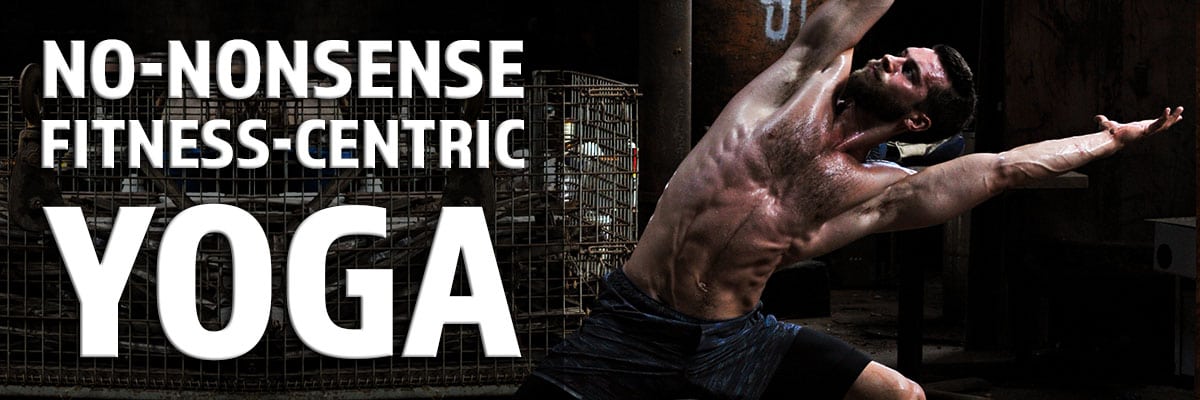 Join Today for Instant Access!
Join Today for Instant Access!
